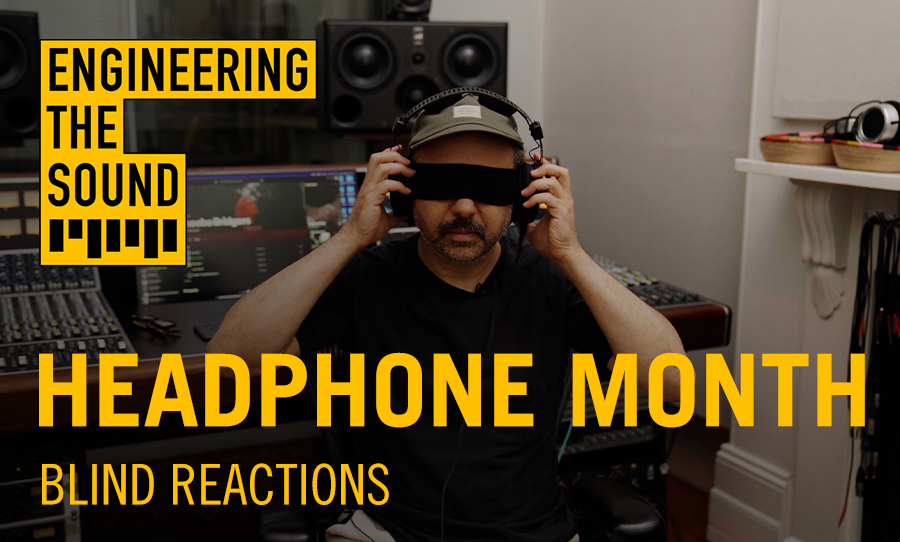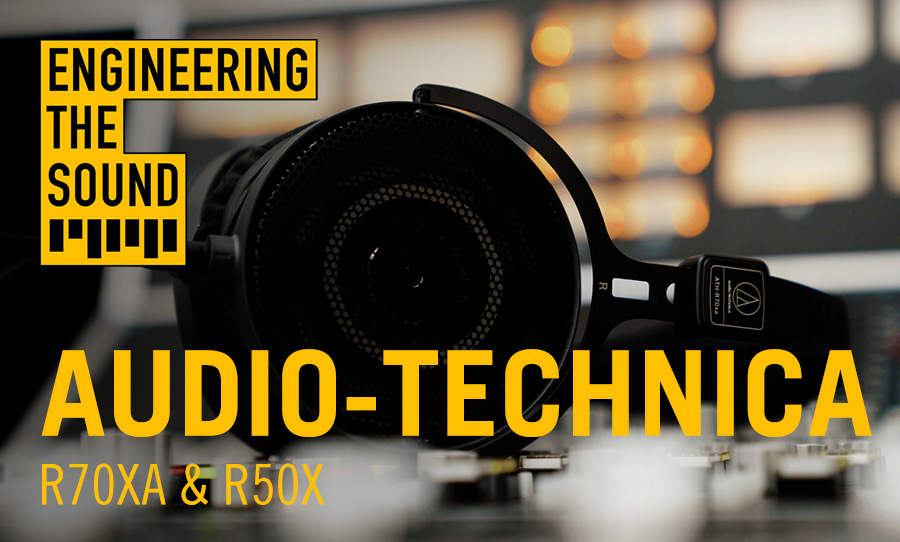In another exciting shoot-out for you, we tested the new Mojave Audio MA37 tube microphone and an original Sony 37a.
Mojave Audio is a mic company out of Burbank, California started by David Royer in the mid-80s. Why does that name sound familiar? Well, it’s the very same David Royer that set up Royer Labs, the company that you can credit with bringing ribbon mics back into style in the studio in a reliable, modernised guise in the late 90s.
The Mojave MA-37 is a recreation of the vintage large diaphragm Sony C37a – the first condenser microphone manufactured in Japan which first appeared around 1955, and has since grown rarer and incredibly expensive, selling at the moment anywhere between 10-25K Australian. Check out our shoot out below.
The Sony C37a was built as a competitor to the legendary and pricey German Neumann U 47 for the Japanese market. It was found that C37a excelled at close micing sources, something which didn’t work so great for the U 47. With trends changing in recording and close mic’ing becoming commonplace, the C37a began eating into Neumann’s sales. Coupled with supplies of the U 47’s V14 tube becoming scarce, Neumann was inspired to create the U 67 to compete with Sony.
The other area Sony took inspiration from is the American RCA 77D Ribbon microphone. The RCA has an acoustically changeable mic pattern adjusted with a screwdriver on the rear of the mic, and the Sony does the same! And on all these mics it’s terrifying to change the polar pattern because I’m always afraid I’ll strip the screw.
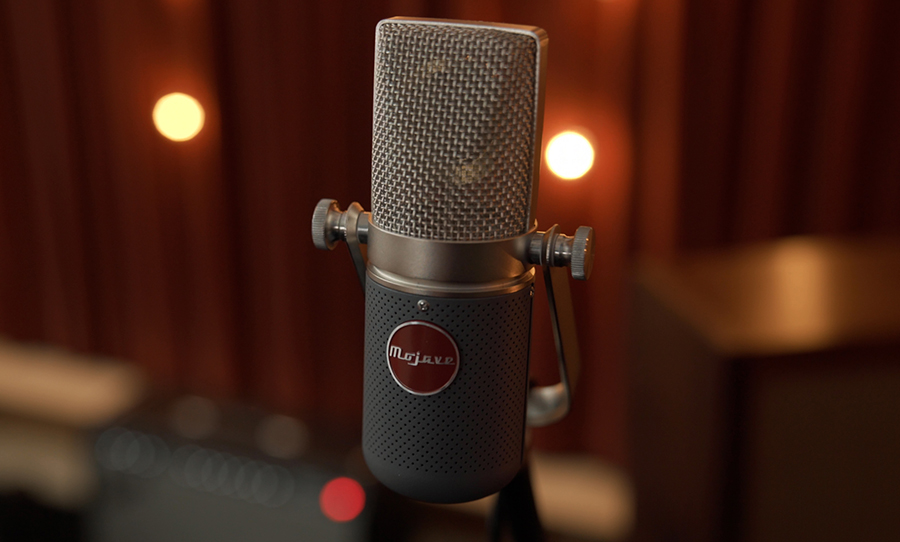
On the power supply, there is a bass roll-off section that is very much like that on the bottom of the RCA mic, with the same labelling too! Here it’s a selector switch that is flat at ‘M’ (for Music), rolls off at 100Hz at ‘V1’ (Voice 1) and 200Hz at ‘V2’ (Voice 2).
The Mojave also features its own specially built capsule, an EF86 tube instead of a 6AU6 tube for easy sourcing and replacement, and a robust solid-state power supply with a Lundhall transformer. You see, part of the reason the transformer is in the power supply is that Sony wanted to be able to make a smaller-sized mic for the 1955 new world of TV broadcast – it was felt that the RCA ribbon mics and the Neumann U 47 may dwarf the presenter or vocalist on screen!
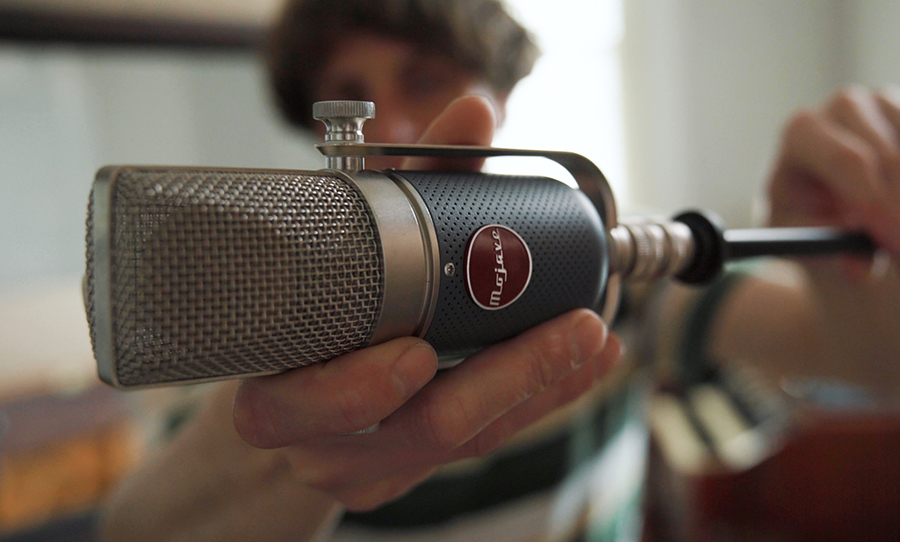
Another cool thing is it’s got an enormous amount of headroom – you could fire a pistol next to this thing and it still won’t clip. And it’s got a standard-sized mic stand mount, so no more messing around with unusual Sony adaptors to string this thing up.
We put the Mojave MA-37 up as a single mic on some drums, and then a shoot out between it and an original Sony on vocalist and performer Andy Golledge with an Acappella version of his track Baby Mumma. To see how similar they sound, what the differences are, and what the Mojave has to offer watch the full video here.
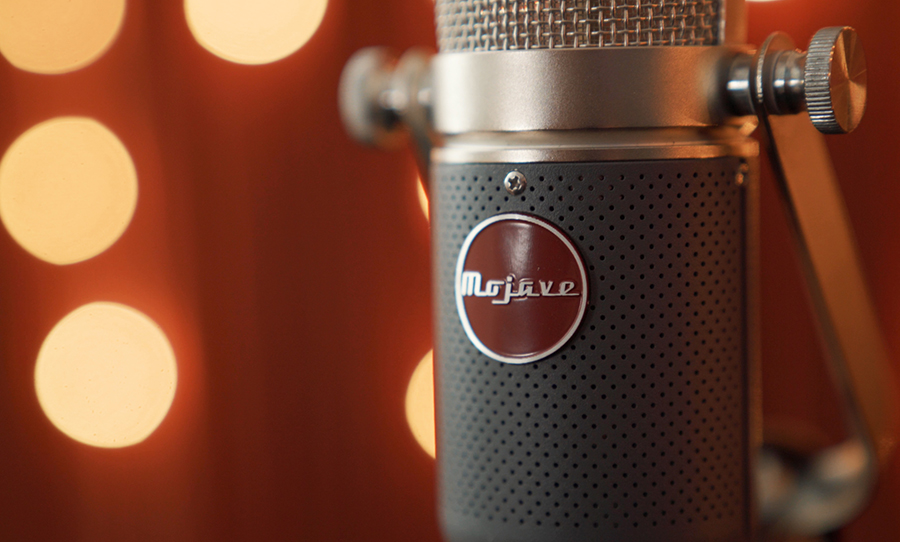
The Mojave MA37 tube microphone sounds great as a one-mic source on drums, and vocals it sounds spectacular — always silky and never overly bright. It also seems to take EQ really well without sounding too thin or boxy. And the differences between it and the Sony are completely negligible – they’re very, very close.
Keep in mind that the Sony is about 60 years old, and while it has been well maintained it most likely does not sound exactly how it did fresh off the production line, whereas our Mojave here is sparkling brand new!
It’s an incredibly well-built piece and with its solid-state power supply and easily attainable tube I can see this thing lasting on and on for, I dunno, another century maybe. Furthermore, the cradle and mic on the Mojave actually feel more robust than the Sony.

The Mojave MA37 retails at just under $6k Australian. It’s not cheap because it’s a quality piece; it’s robust, sounds fantastic, and will last you for a lifetime.
For more info on the MA-37 head over to Mojaveaudio.com


